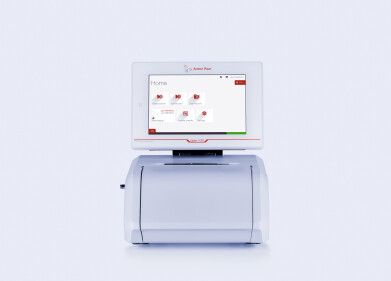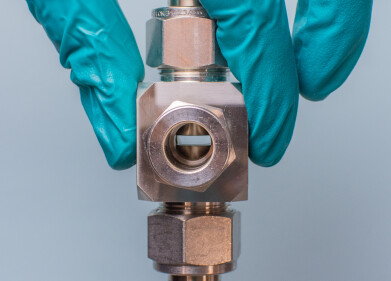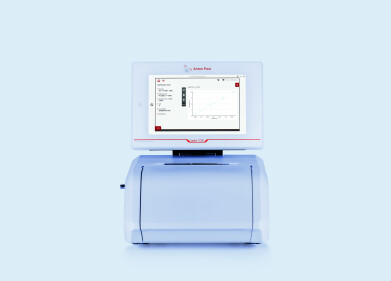Mass Spectrometry & Spectroscopy
What is Strain Analysis for Medical Cannabis?
Apr 04 2022
Cannabis is bursting with medicinal properties, from treating pain and inflammation to decreasing the severity of PTSD symptoms. All cannabis plants contain cannabinoids, naturally occurring compounds that interact with the body’s natural endocannabinoid system to trigger physical and psychoactive reactions. Results can vary significantly depending on the strain, making strain analysis fundamental to the medical cannabis industry.
Below, we take a closer look at how strain analysis is carried out and the critical role it plays in the production of medical cannabis.
Why strain analysis matters
Stain analysis allows scientists to unpack the genetics of a cannabis product and predict how it will affect a consumer. This not only helps medical cannabis laboratories develop products designed to effectively treat issues such as pain, insomnia and anxiety but also ensures manufacturers meet national and local labelling requirements.
For example, most medical cannabis manufacturers covet strains high in CBD, a non-psychoactive phytocannabinoid used to treat pan and inflammation. Evocative strain names have been used to describe and market recreational cannabis for decades, with some of the most recognisable including Acapulco Gold, Purple Kush, Maui Wowie and Pineapple Express.
How strain analysis is carried out
Polymerase Chain Reaction (PCR) testing is the most common technique for cannabis strain analysis. The technique is widely used in medical cannabis laboratories, allowing scientists to amplify small fragments of DNA and generate enough copies to carry out detailed molecular and genetic analysis.
Depending on the laboratory, different variations of PCR testing may be used. Thermal cyclers are common, with factors such as tube/well capacity, ramp speed, temperature range and programmability influencing the selection of instruments.
Gradient PCR machines offer fast and reliable results, while PCR workstations and cabinets offer heightened protection against contaminants during the DNA amplification and manipulation process. Quantitative polymerase chain reaction (qPCR) technology is also common, with machines combining fast detection and quantification with high-throughput capacity.
Other applications for PCR testing
Medical cannabis isn’t the only industry that relies heavily on PCR testing. The technique is an invaluable tool in molecular biology laboratories and is used to detect a range of bacteria and viruses, including COVID-19 and AIDS. PCR testing is useful for DNA fingerprinting and was also used to collect data for the Human Genome Project.
Want to know more about the advanced technologies used in the medical cannabis sector? High Performance Liquid Chromatography (HPLC), Gas Chromatography (GC) and Gas Chromatography/Flame Ionisation detection (GC/FID) are just some of the techniques spotlighted in ‘Medical Cannabis - Testing, Analysis & Identification’.
Digital Edition
Lab Asia 31.6 Dec 2024
December 2024
Chromatography Articles - Sustainable chromatography: Embracing software for greener methods Mass Spectrometry & Spectroscopy Articles - Solving industry challenges for phosphorus containi...
View all digital editions
Events
Jan 22 2025 Tokyo, Japan
Jan 22 2025 Birmingham, UK
Jan 25 2025 San Diego, CA, USA
Jan 27 2025 Dubai, UAE
Jan 29 2025 Tokyo, Japan



















